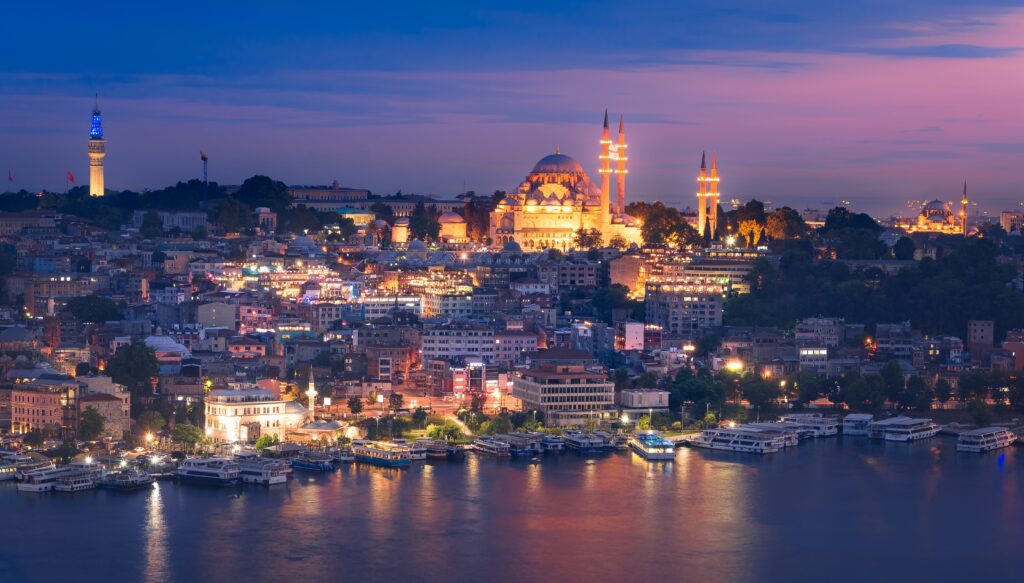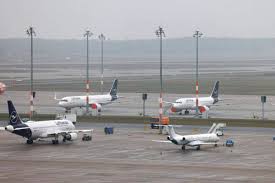
Ronan O’Connell
From mountain trekking with hill tribes to floating along underground rivers, surfing Apocalypse Now-style, exploring 1,200-year-old villages and learning traditional crafts, Vietnam offers countless unique tourist experiences.
These activities have been off limits to foreign travellers since 2020 owing to the country’s strict pandemic entry requirements. On March 15, however, Vietnam will finally reopen.
Visitors must show a Vietnam Tourist Visa, proof of vaccination against Covid-19, a negative PCR test taken within 72 hours of arrival and must have travel insurance covering $10,000 worth of Covid-19-related medical treatment. Upon arrival in the country, they must complete a one-night hotel quarantine, and can then roam Vietnam freely if they test negative for the virus.
These rules are similar to Thailand’s Test & Go system, which has been used by tens of thousands of tourists in the past few months.
Here are five compelling reasons to visit Vietnam.
Its long history
:quality(70)/cloudfront-eu-central-1.images.arcpublishing.com/thenational/UKA2OTCDVZC6TASCJNLYUJLCOA.jpg?w=810&ssl=1)
Peering out from beneath a conical hat, an elderly Vietnamese woman rides her bicycle past me, alongside a placid river that sits next to a rice paddy, and then through an arched stone gate. For centuries that structure has been the entry point to the 1,200-year-old Duong Lam, one of the country’s oldest intact villages.
Vietnam’s cities have modernised at a sprint over the past 20 years. But tourists need not venture too far beyond the urban sprawl to savour traditional communities. Only 60 kilometres west of the capital, Hanoi, Duong Lam’s weathered streets are decorated by historic temples, shrines and assembly halls that have been designated as national cultural assets.
It remains primarily a farming village, encircled by fields of rice, ground nuts, sweet potato and spinach. Duong Lam has no extraordinary sights — no giant pagodas or teeming markets. What it offers is simpler: an insight into Vietnam’s peaceful rural communities, where traditional customs flourish. Watch as locals weave scarecrows from straw, act out ancient fables during festivals or steer water buffalo through farm land.
Its underground river
:quality(70)/cloudfront-eu-central-1.images.arcpublishing.com/thenational/62PP5KTWRVBDTCW6ZYSWWY37GA.jpg?w=810&ssl=1)
As I float into the darkness, beneath an enormous karst mountain, I am surprised to not feel panicked. When I read about this underground river, which flows through three giant Vietnamese caves, it sounded daunting. Yet, I am so overwhelmed by the beauty of this setting and the sensation of rowing under the earth that fear finds no home.
This is Tam Coc, which in translates from Vietnamese to mean Three Caves. Curving through a valley embellished by farmland and hemmed by peaks, the Ngo Dong river passes through each cave, with tourists able to complete this mesmerising boat journey during day trips to Hanoi, 100 kilometres to the north.
Longer rides continue up river to Bich Dong Pagoda. This ancient temple clings to the mountainside and affords remarkable, sprawling views of the valley.
Its surf-friendly waters
:quality(70)/cloudfront-eu-central-1.images.arcpublishing.com/thenational/T6HPHPHDP5AKLORUXYXZRWLN2E.jpg?w=810&ssl=1)
More than 40 years ago, Apocalypse Now‘s surfing scene turned Vietnam into an unlikely new destination for tourists interested in riding waves. One particular strip of sand is still famous thanks to that movie.
China Beach, or My Khe beach as it is known locally, was the setting for that extraordinary Vietnam War scene, where two surfers rode waves while villages were bombed in the background.
In 2022, this majestic location on Vietnam’s central coast is blissfully peaceful. Waves roll off the South China Sea onto the long oceanfront of Da Nang, the country’s third largest city. The coastline is now embellished by many seaside resorts catering to domestic tourists and foreign surfers keen to ride the area’s consistent waves.
Even travellers who have never surfed before can join. That’s partly thanks to a Portuguese expat who stayed put in Vietnam during the pandemic. For almost a decade, veteran board rider Goncalo Cabrito has been running Da Nang Surf School. Now he’s finally welcoming back foreign visitors, who can learn the basics of surfing before paddling out into the swell at China Beach.
Its traditional crafts
:quality(70)/cloudfront-eu-central-1.images.arcpublishing.com/thenational/FF2S4I4GTFCPRCRR5KXTOGELGE.jpg?w=810&ssl=1)
In spite of my cumbersome fingers, I manage to eventually weave the dried-out palm leaves around a bamboo wood frame. Under the guidance of a veteran Vietnamese artisan, I handcraft one of the symbols of this country: a Non La, or conical hat.
This hardy headwear has been worn in Vietnam for more than 1,000 years. Although most Non La are now made in factories, it is still possible to learn the original method of their creation from experienced artisans who hold tourist workshops in Hanoi.
This is only one of many historic Vietnamese arts and crafts that travellers can learn. In Hanoi alone, there are dozens of workshops offering a step-by-step guide to pursuits such as Vietnamese calligraphy, watercolour painting and ceremonial mask moulding.
In Ho Chi Minh City, meanwhile, I learn the basics of shaping Vietnamese earthenware in a ceramics studio that’s open to tourists.
Its hill tribe villages
:quality(70)/cloudfront-eu-central-1.images.arcpublishing.com/thenational/APLEOCQV7RAGLCEB2JSV7WYAVU.jpg?w=810&ssl=1)
About 250km north-west of Hanoi, tiered rice paddies cascade down mountains, past ancient villages home to unique hill tribes. This is Sapa. An isolated, picturesque and wonderfully tranquil destination near the Vietnamese border with China, Sapa is tailor-made for washing away two years of pandemic-induced stress and anxiety.
When I last hiked its dirt trails, as fog obscured the peaks above me, the vigorous activity and stunning setting sent me into a meditative state. While the town of Sapa itself is quite touristy, follow any of the paths into its countryside and you’ll soon reach delightful hill tribe villages. The Hmong, Tay, Red Dao and Giay people have resided in this wild region for centuries. They continue to live off the land while wearing colourful and intricately decorated clothes unique to their tribe.
Courtesy: thenationalnews
The post As Vietnam reopens to tourists, here are five reasons to visit appeared first on The Frontier Post.








